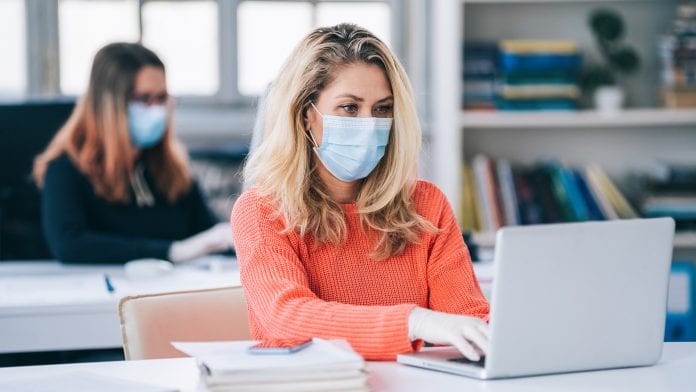
Experts have said that controlling the spread of the COVID-19 infection indoors should be ‘the next front of the battle against the virus’.
Experts from the University of Surrey’s Global Centre for Clean Air Research (GCARE), and Queensland University of Technology, Australia, have raised concerns over the indoor spread of the COVID-19 infection and have said that lack of adequate ventilation in many indoor environments, such as workplaces and homes, increases the risk of airborne transmission of the novel coronavirus.
Controlling the infection indoors
When people cough and sneeze, they expel tiny water droplets that contain salt and organic materials. Anyone infected with the COVID-19 virus will also expel the bacteria, which is less than 100mm in size, in their droplets.
The experts have highlighted that as these water droplets containing the virus evaporate inside buildings, the microscopic matter will become small enough and light enough to stay suspended in the air. They say that, over time, the concentration of the virus will build up which will increase the risk of infection for people using the buildings – particularly if there is stagnant air.
Indoor ventilation
Improving building ventilation is a possible route to tackle the spread of the COVID-19 virus indoors, say the experts.
Professor Prashant Kumar, lead author and the Director of the GCARE at the University of Surrey, said: “These past months, living through the COVID-19 crisis, has been truly unprecedented, but we must turn this global tragedy into an opportunity to better prepare for similar threats.
“An improved indoor ventilation is an important step that can be taken to reduce the risk of infection. However, more must be done to recognise and understand airborne transmission of COVID-19 and similar viruses, to minimise the build-up of virus-laden air in places typically containing high densities of people.”










